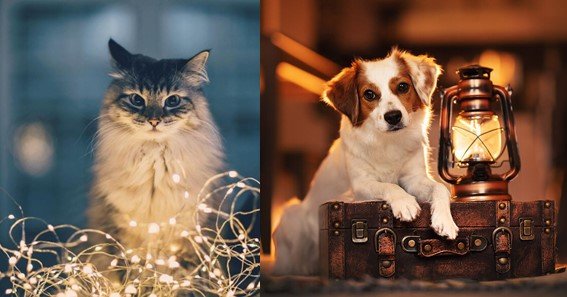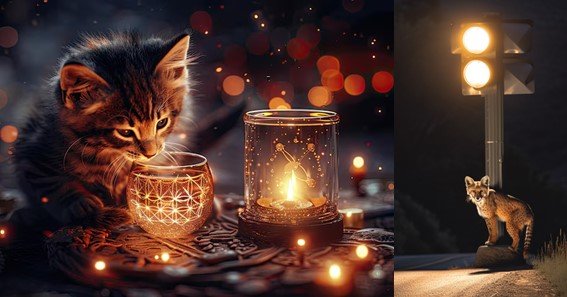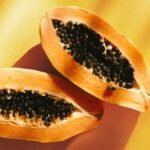Light pollution is more than just an inconvenience for stargazers—it significantly disrupts animal behavior, especially for nocturnal species. Artificial lights interfere with natural darkness, which many animals depend on for navigation, feeding, mating, and other life-sustaining activities. The consequences of this disruption can be severe, impacting entire ecosystems.
How Light Pollution Affects Animals
- Disruption of Nocturnal Behavior
- Many animals, including bats, owls, and amphibians, are nocturnal, meaning they rely on darkness for hunting and breeding. Light pollution turns night into day, confusing these species and reducing their ability to find food or mates. Frogs, for example, depend on nighttime croaking to attract mates, and artificial lights can disrupt this behavior, leading to a decline in populations.
- Confusion in Migratory Birds
- Birds that migrate at night use the moon and stars to navigate. Artificial light from cities can cause them to become disoriented, leading to fatal collisions with buildings and towers. Millions of birds die each year due to this light-induced disorientation. Light pollution can also cause birds to migrate too early or too late, disrupting their breeding and feeding cycles.
- Impact on Marine Life
- Sea turtles are among the species most affected by light pollution. Hatchlings use the natural light horizon over the ocean to find their way to the sea. However, artificial lights on beaches can mislead them, causing them to move inland, where they are vulnerable to predators and other dangers.
- Effects on Insects
- Insects, particularly moths, and other pollinators, are attracted to artificial lights, leading them to exhaust themselves or become easy prey. This decline in insect populations impacts ecosystems, as many animals rely on insects as a food source. The loss of pollinators also affects plant reproduction and overall biodiversity.

Conclusion
Light pollution has profound and far-reaching effects on wildlife, disrupting natural behaviors that are critical for survival. The consequences extend to entire ecosystems, affecting not only animals but also the plants and habitats that depend on these species.
FAQ
- How does light pollution affect nocturnal animals?
Nocturnal animals rely on darkness for hunting and breeding. Artificial light confuses their natural behaviors, making it difficult to find food or mates, which can reduce populations. - Why is light pollution bad for birds?
Migratory birds use the moon and stars for navigation. Artificial lights can disorient them, causing fatal collisions with buildings and disturbing their migration patterns. - How does light pollution affect sea turtles?
Sea turtle hatchlings use the light horizon over the ocean to find their way to the sea. Artificial lights on beaches can confuse them, leading them inland where they face greater risks. - What impact does light pollution have on insects?
Insects are attracted to artificial lights, leading to exhaustion or predation. This disrupts ecosystems since many animals rely on insects for food, and pollinators are essential for plant reproduction. - Can light pollution affect marine ecosystems?
Yes, artificial light can disrupt marine ecosystems by affecting the behavior of fish and other marine species, such as sea turtles and light-sensitive organisms.










